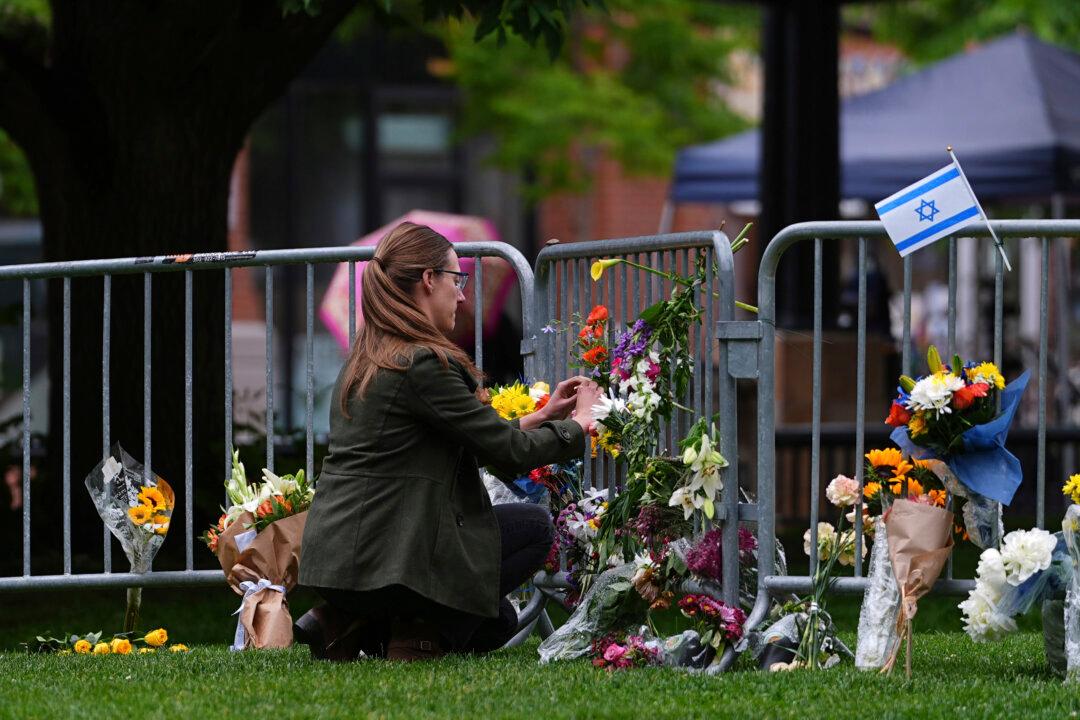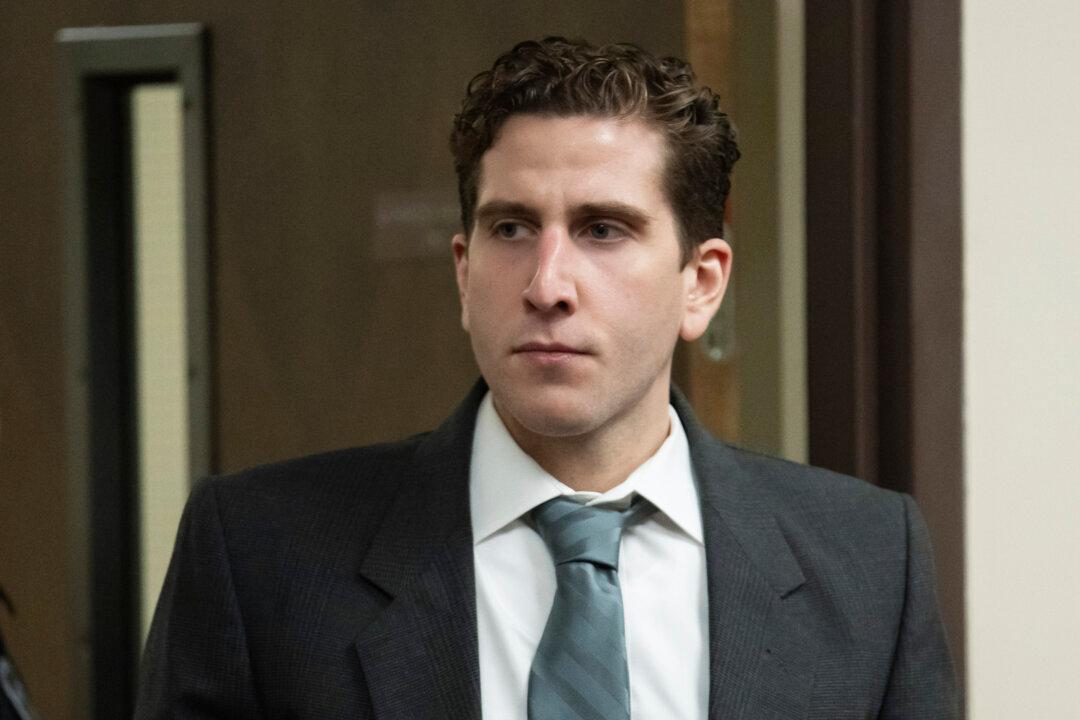HONOLULU—Two days before the city planned to dismantle her sidewalk home, Kionina Kaneso had no idea where she and her daughter and grandchildren would sleep.
A full-time fast-food worker, Kaneso had bad experiences at shelters before and was hesitant to live in another, ending up instead in one of the nation’s largest homeless encampments. Desperate, she decided to try one again.
But there was no more space for families.
“Where can I go?” Kaneso asked.
Homelessness in Hawaii has grown in recent years, leaving the state with 487 homeless per 100,000 people, the nation’s highest rate per capita, above New York and Nevada, according to federal statistics. Since 2010, the rise has come even as the national rate has fallen during the economic recovery.
The increase, driven by years of rising costs in the island chain, low wages, and limited land, thrust the image of people sleeping on beaches alongside the state’s famed one of a relaxing tropical paradise.
Officials have tried to solve the problem. They’ve offered homeless services, banned sitting and lying on Waikiki’s sidewalks, and proposed using shipping containers as temporary housing. Gov. David Ige’s declaration of a state of emergency on homelessness in October underscored the depth of the crisis:
- While there are shelters and programs to help the homeless, there are far fewer empty beds than are needed—about 550 on any given night on Oahu, where an estimated 4,900 of the 7,620 homeless people live, according to service providers.
- The state needs 27,000 affordable rental units by 2020, but lawmakers set aside enough money for 800 units this year. Maintaining the existing public housing could cost $800 million over the next decade, according to state estimates.
- Statewide, 10,000 people wait five years or more to get into state-run public housing, and the waiting list for Section 8 rent assistance in private housing was so long, they closed the list for about a decade.
- The state’s population of unsheltered families ballooned 46 percent from 2014 to 2015, said Scott Morishige, state coordinator on homelessness. He said changes in public housing policy and mental health services contributed to the rise. A survey by service providers in August of Kaneso’s encampment found that 42 percent of the nearly 300 people were families.
Kaneso is among the many Micronesians who moved to Hawaii in recent years as part of an agreement their nations have with the U.S. government allowing them to work and live in the country. They come for medical care, education, and job opportunities.
Kaneso arrived in 2004 and worked odd jobs as a dishwasher and assembly line worker to pay for her son’s flight to Hawaii so he could get medical treatment for a heart condition.
While the state doesn’t have a breakdown by race of the overall homeless population, data on homeless shelter use shows that 30 percent were Hawaiian or part Hawaiian, 27 percent Micronesian, Marshallese, or other Pacific Islanders, and 26 percent white.





